Description
This fourth edition sets out the fundamentals of discrete time signals and systems, and digital signal processing. This text is suitable for students of Electrical Engineering, Computer Engineering and Computer Science. The book is appropriate for pre-university and university courses and provides both theoretical and practical applications.
The first ten chapters address the basic issues of digital signal processing and are suitable for pre-university courses. The last four chapters address more advanced topics on digital signal processing, linear prediction and optimal linear filters, adaptive filters, and power spectrum estimation. This material is suitable for university level courses on digital signal processing.
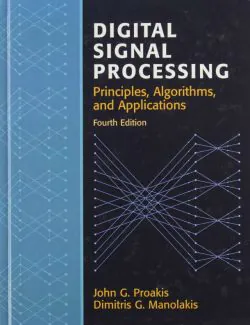
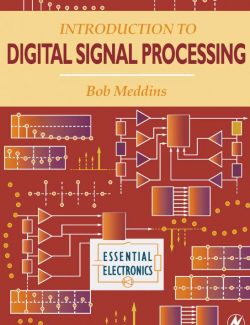
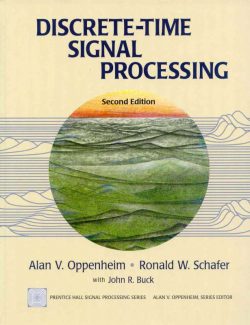
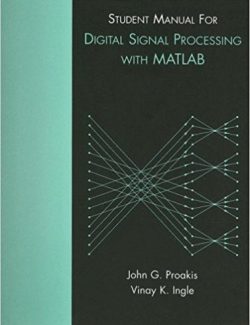
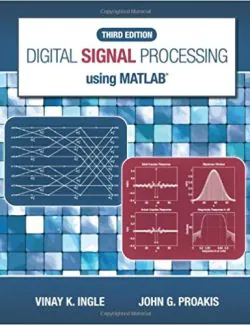
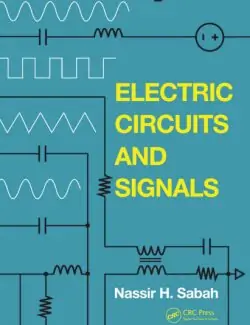
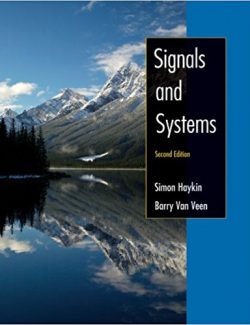
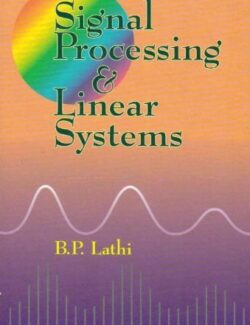
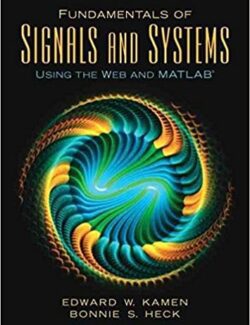

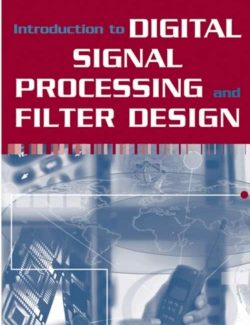
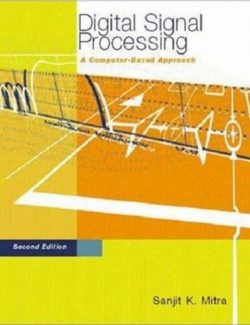
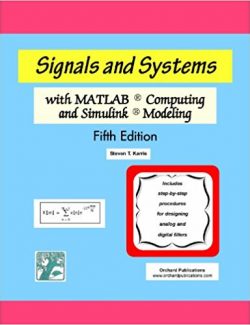
Leave us a comment
5 Comments